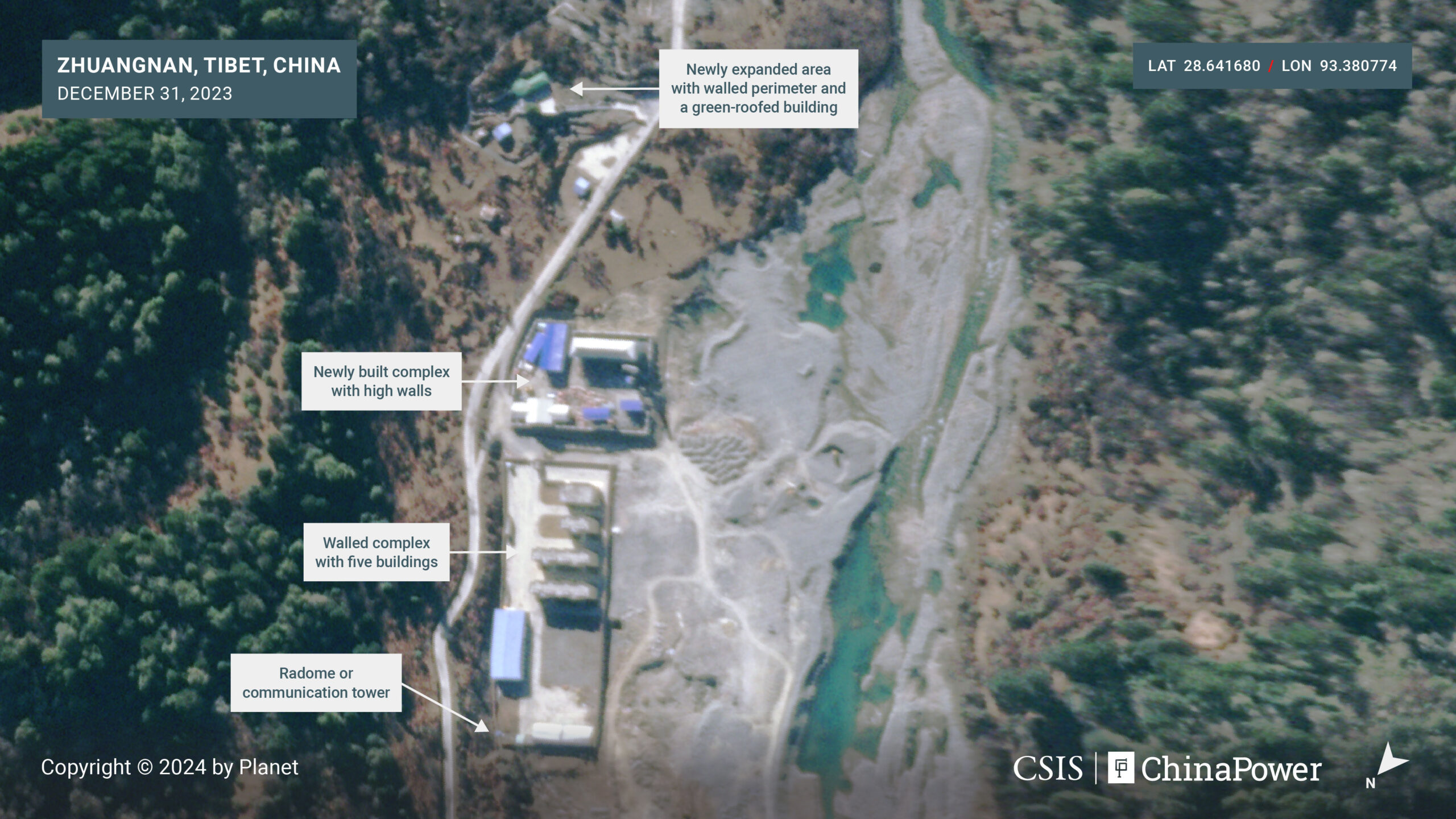

By Sanjeev Kumar Patro
Bhubaneswar: American writer Ursula L Guin had once said, “Its one thing to read about dragons and another to meet them.” The dragon neighbour of India, China’s much populating Xiaokang villages along the hotly disputed border with India, curries with a similar flavour.
While China is populating the model-village concept Xiaokang along the border with India, in the name of poverty alleviation, the villages, infact, have been equipped with dual-use infrastructure. And this ‘dual use’ infra bares the dragon country’s real agenda.
Global strategic experts read these Chinese moves as bringing up a “gray zone” tool so as to assert and defend its claims near the disputed area with India.
Speaking at the curtain raiser of Chanakya Defence Dialogues, Indian Army Chief Gen Upendra Dwivedi very categorically stated that the model villages have a very much military strategic angle.

“Let me first take you through why China is building ‘model villages’ close to border. If you ask me does population in China or Tibet live close to the borders? I will say definitely no. Then it’s very clear that China is doing artificial immigration or artificial settlement by relocating people close to the borders. This is no problem. It is their country and they can do whatever they deem right. But what we see in South China Sea, what is happening? When we talk about “gray zone”, initially we find fishermen, those kinds of people who are in the forefront, and in order to save them, you find the military moving in. The causation may look so simple. But it has a grandeur design. That’s what we need to look into,” explained Gen Dwivedi.
WHAT IS GRAY ZONE BATTLE?
As per strategic experts, gray zone describes a set of activities that occur between peace and war. They explain that these are the gradualist campaigns by state and non-state actors that combine non-military and quasi-military tools and fall below the threshold of armed conflict.
Indian Army Chief Gen Upendra Dwivedi explains it further. He said, “Do we Call Doklam a war? Do we call Kargil a full-fledged war? Do we call Galwan a war? The answer is no. So all these are basically part of the gray zone battle.”
XIAOKANG VILLAGES – GRANDEUR DESIGN TO ANNEX ARUNACHAL PRADESH?
The Xiaokang concept started In July 2017in the government of China’s Tibet Autonomous Region. And plans to construct hundreds of border villages and accompanying infrastructure as part of a major push to develop China’s remote border regions was unveiled then.
Between 2018 and 2022, the region reportedly built 624 villages, and work has continued on additional villages. Majority of the villages are clustered along the eastern sector of the Line of Actual Control (LAC), the de facto border separating China and India. The eastern sector borders Arunachal Pradesh, a state administered by India but largely claimed by China as “South Tibet.

The CCP chief in Tibet in 2020 had hailed this project by Chinese government a major initiative and informed that out of 900, 200 villages are near the Indian border. The Chinese official media People’s Daily has captioned these Xiaokang villags as “Shine Like Pearls”, and it is an overall strategy of CCP to transform China into a moderately prosperous society.
As per strategic expert Shivam Sekhawat, “In the plan to make a moderately prosperous society, the Tibet Autonomus Region (TAR) has been placed at the forefront of its strategy. Describing it as a vanguard of the national security barrier and as a region in urgent need of development and nourishment, China has accrued a dual purpose to these villages. The government of the TAR in 2017 launched a plan to build 628 villages in 21 counties, stretching from the Ngari, Shigatse, Shinnan and Nyingchi prefectures. The state allocated 30.1 billion yuan ( approx. 30000 crore rupees) for their construction and for building critical infrastructures like water, electricity, road, communication, network, etc. The location of these villages along the contested territories between India and China sheds light on the PRC’s real motives behind their positioning.”
CHINA – INDIA RELATIONSHIP: TRUST BIGEST CASUALTY
At the Chanakya Defence Dialogue curtain raiser, Gen Dwivedi shed light on the whole gamut of bilateral relationship between China and India now.
“As far as China is concerned, it has been intriguing our minds for quite some time.With China you have to compete, cooperate, coexist, confront and contest... So what’s is the situation today? It’s stable but normal and it’s SENSITIVE. We want the situation to be restrored back to what it was before 2020, whether in terms of the ground occupation situation or buffer zones which have been created or patrolling which have been kind of planned as of now. So until that situation is restored, as far as we are concerned, the situation will remain sensitive and we are fully operationally prepared to face any kind of contingency.. TRUST has become the biggest casualty,” said Gen Dwivedi.